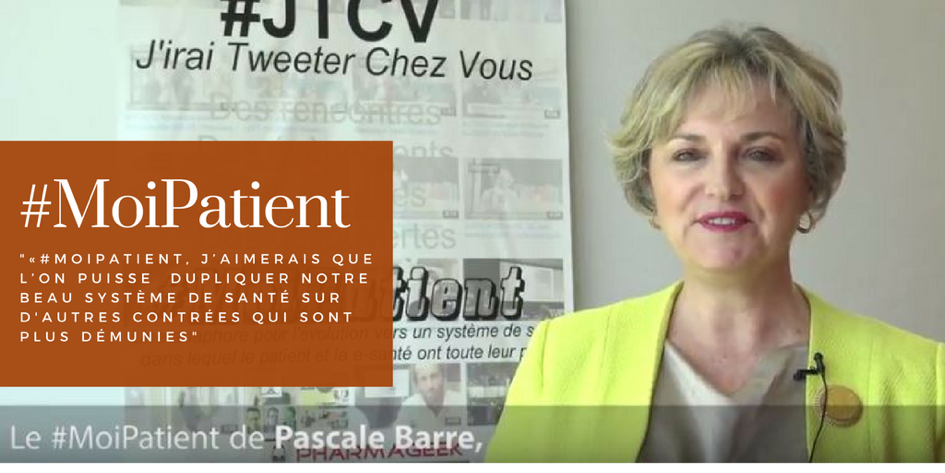ePatient 2015: A New Research Report On The Connected Patient Of The Future | Salud y Social Media
04/04/2013Creating Content with a Purpose
05/04/2013Strategy: Why Big Pharmas Do What They Do — And How Silicon Valley Might Help Them Think Differently – Forbes
Medical product companies that figure out how to embrace and most effectively apply emerging analytic and digital health technologies, and think creatively about new risk-sharing business models, will be best positioned to deliver.
Pharma’s Underlying Challenge
The fundamental problem the industry is wrestling with is this: car companies know how to make a car, soft drink companies know how to make soda, yet drug companies really have no reliable way of knowing where their next products are going to come from, and in a sense, have to start from scratch each time – at least if they want to make radically new, “first-in-class” products that offer unprecedented, dramatically better benefits to patients.
The problem is, these products are incredibly difficult to come by. Disease remains very complicated, and it’s exceptionally hard to devise a new molecule that durably interferes with a pathological process yet leaves the rest of the body alone; the technical risk, as it’s called, is ridiculously high.
Not surprisingly, strategies that involve tweaking existing products, or reformulating them in a new way (e.g. liquid Ritalin, as Bruce Booth has discussed), remain popular because they at least reduce the technical risk, and may offer an incrementally – and often meaningfully — better option for patients (see here). However, an increasingly difficult payor environment is likely to make this approach ever more challenging, materially elevating the commercial risk. Proving an incrementally better product enhances value can be expensive (because it takes many patients to demonstrate a small difference in an active comparator trial), and of course, risky as well.
See on www.forbes.com




